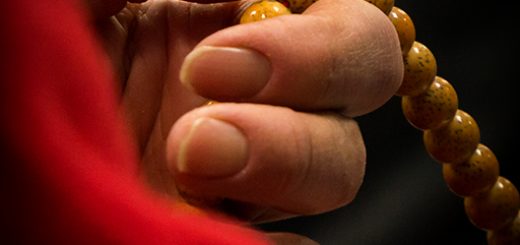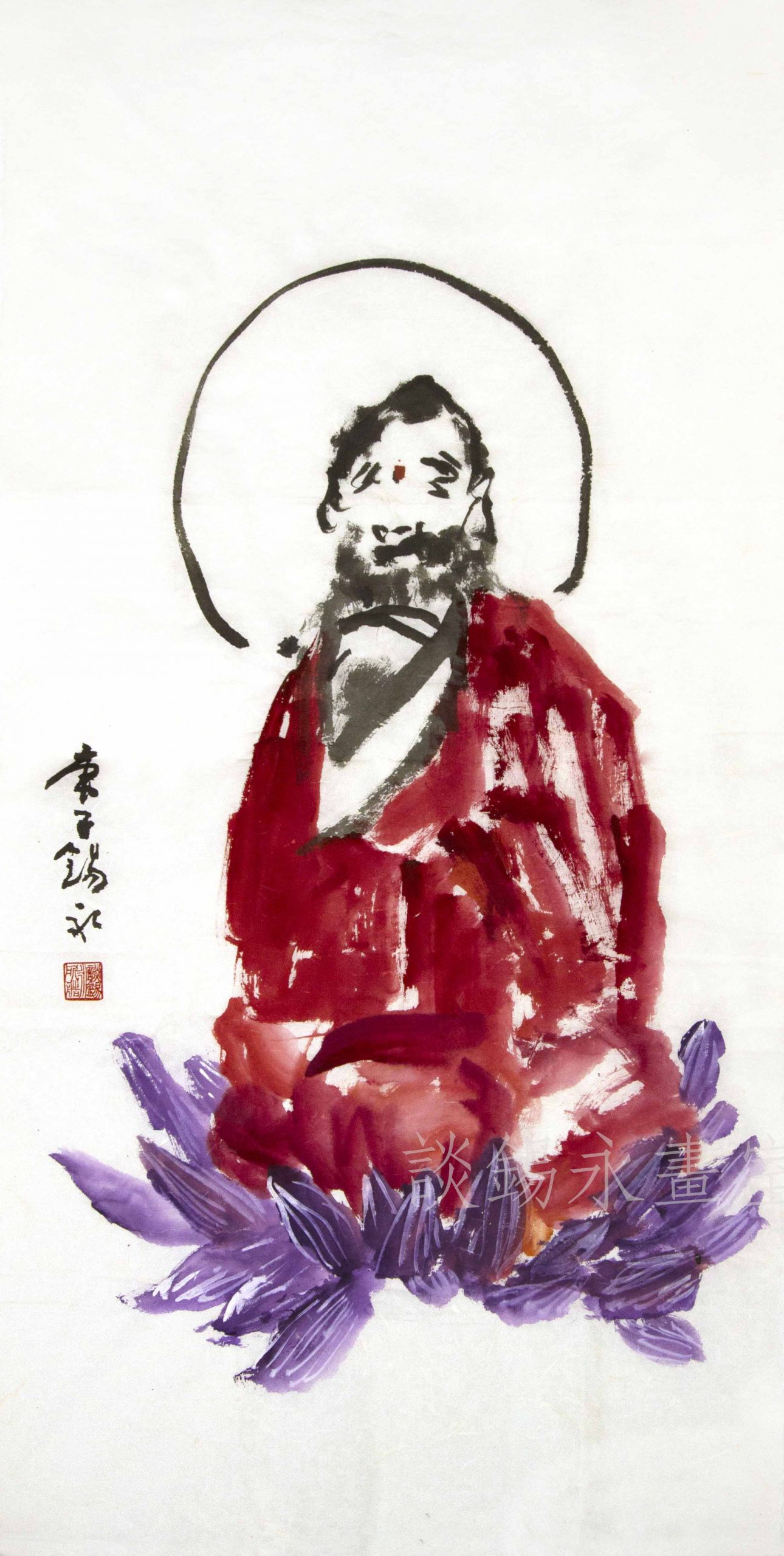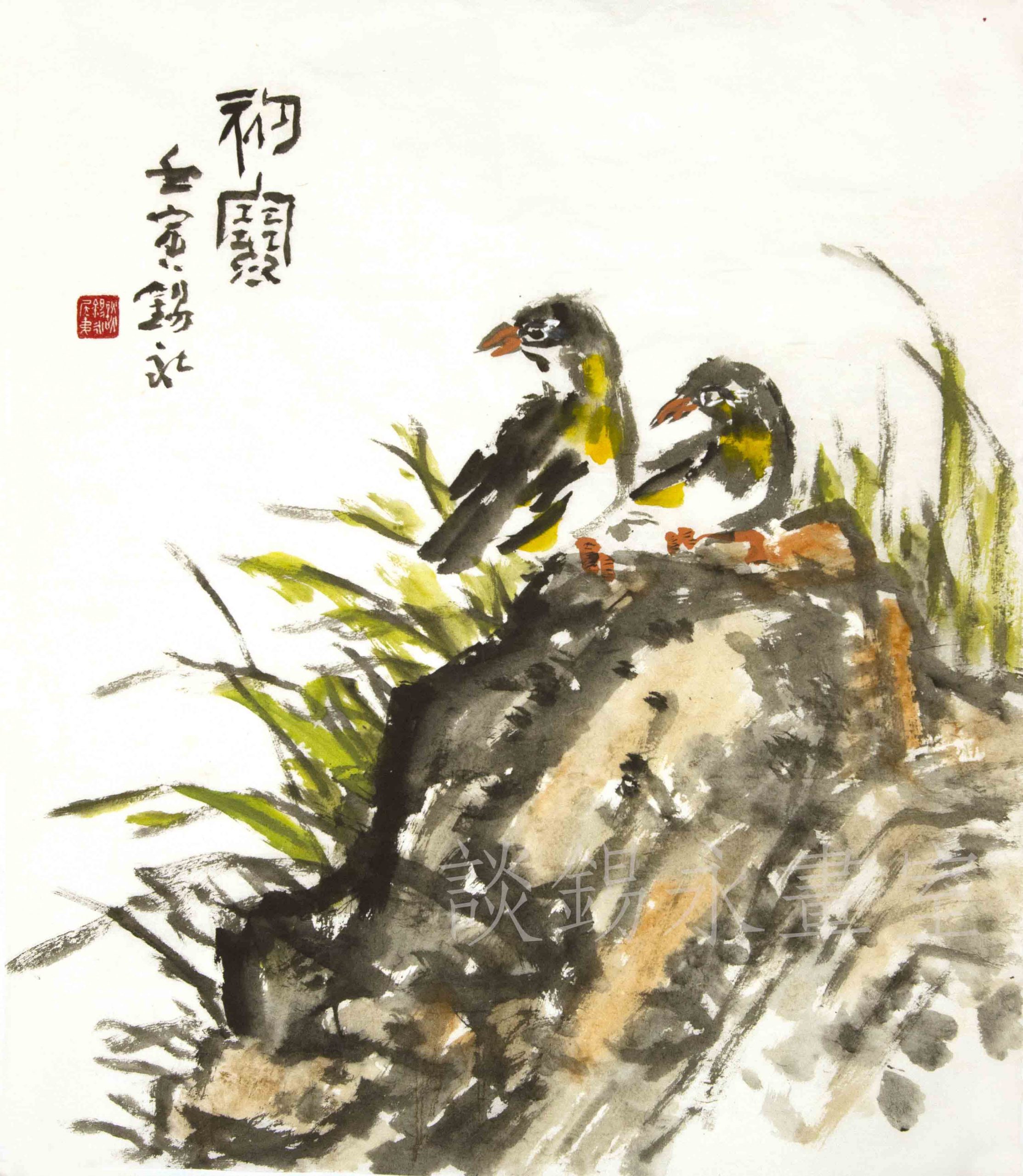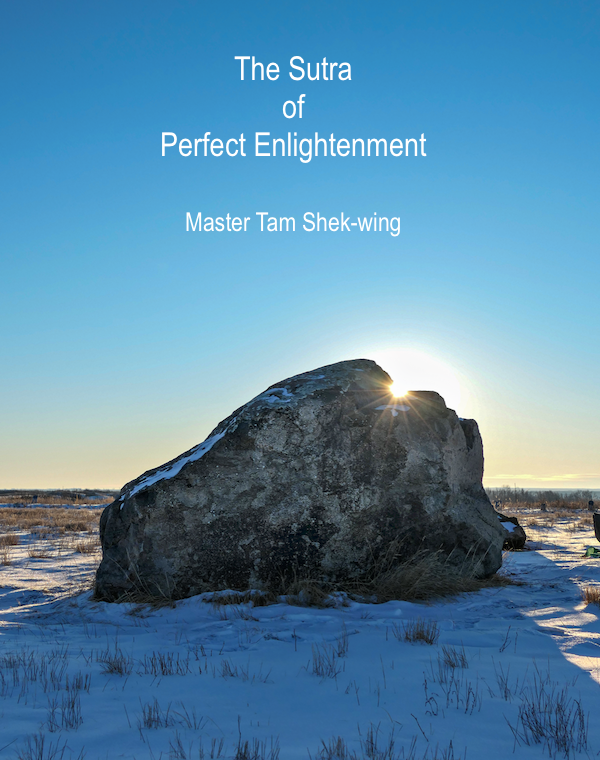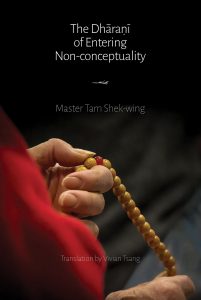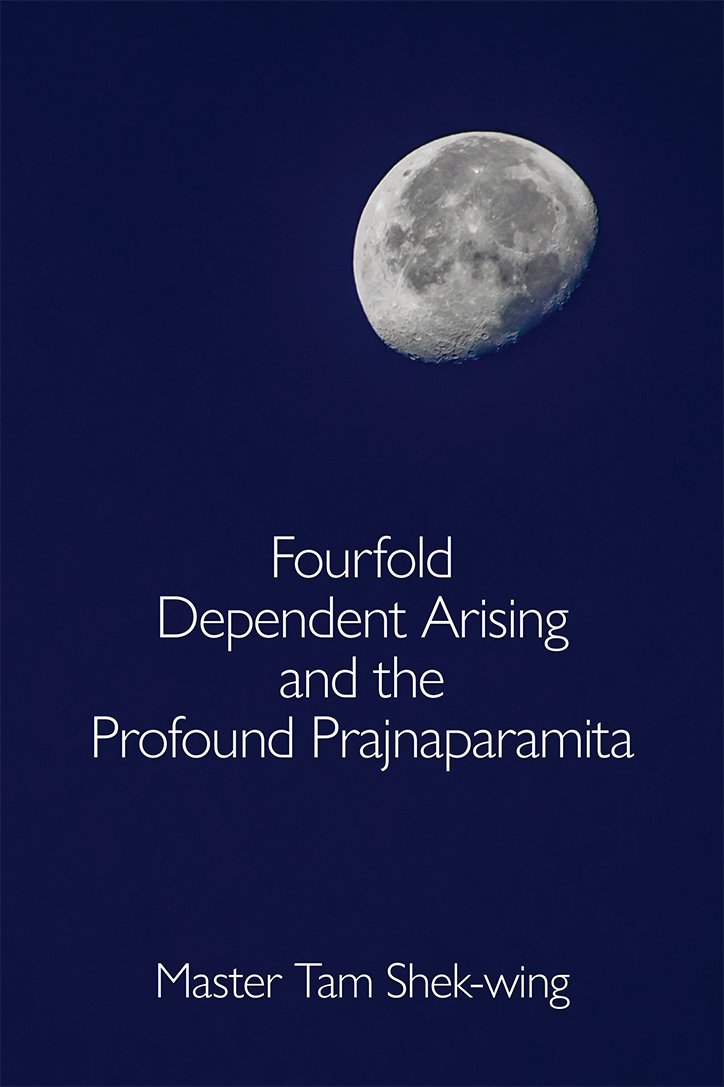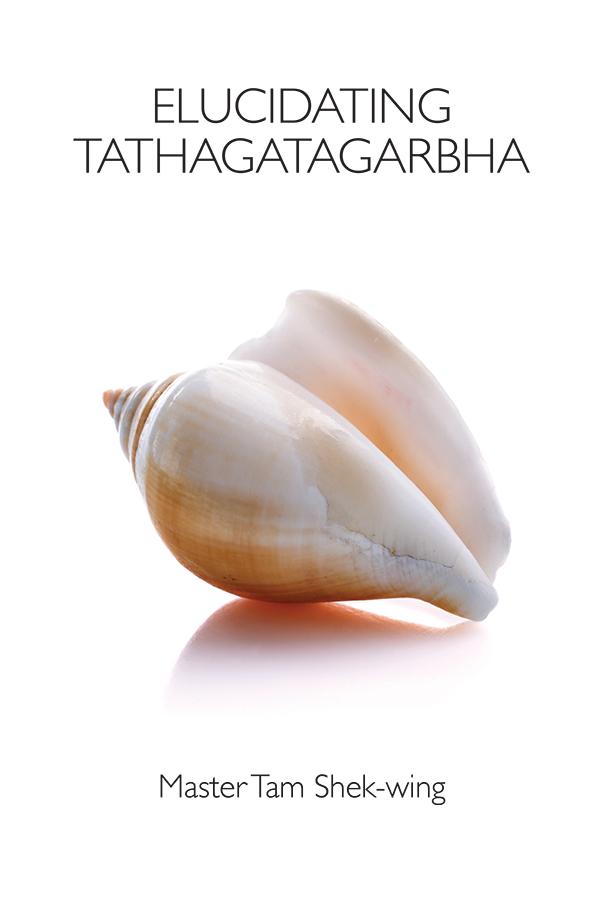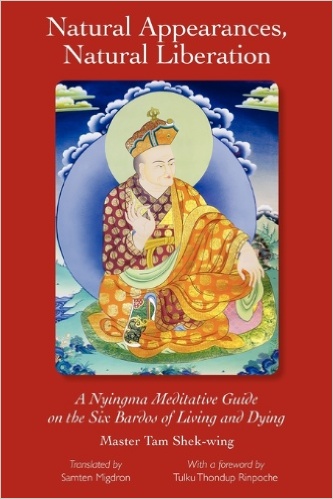Fourfold Dependent Arising and the Profound Prajnaparamita
Master Tam’s Fourfold Dependent Arising and the Profound Prajnaparamita (四重緣起深般若) was originally published in 2004 by Buddhall Publishing.
While there were Huayan’s tradition of four kinds of dependent arising and Tsongkhapa’s threefold dependent origination, Master Tam was first to present the Buddhist practice in terms of fourfold dependent arising, providing the stepping stone needed in following Buddha’s path to shed light on Prajnaparamita, or the perfection of wisdom.
Now an English translation is made available through the Sumeru Press (https://sumeru-books.com/products/fourfold-dependent-arising-and-the-profound-prajnaparamita)!
Overview:
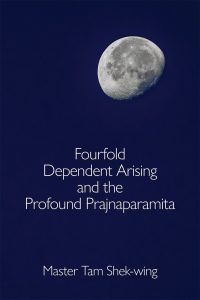 Mahayana Buddhism includes teachings of Madhyamaka, Yogacara, and Tathagatagarbha. The three systems are in fact one teaching, highlighting the foundation, path, and fruition of Mahayana Buddhism, and therefore, are inseparable. Yet, in recent years, there is an alarming trend of taking one perspective in rejecting the other two, fragmenting and therefore, distorting Buddha’s teaching, making a thus understanding difficult.
Mahayana Buddhism includes teachings of Madhyamaka, Yogacara, and Tathagatagarbha. The three systems are in fact one teaching, highlighting the foundation, path, and fruition of Mahayana Buddhism, and therefore, are inseparable. Yet, in recent years, there is an alarming trend of taking one perspective in rejecting the other two, fragmenting and therefore, distorting Buddha’s teaching, making a thus understanding difficult.
Tam builds on the foundation of generations of Nyingma masters in writing this book, illustrating the framework of the essence, the training, and the realization. The book begins with the Heart Sutra. Based on the commentary of four lineage masters (Atisa, Vimalamitra, Srisimha, and Kamalasila), it provides an overview of the Buddhist practice, Prajnaparamita, for the Heart Sutra is the heart (hridaya) in the Prajna series in the Buddhist canon. Then, according to Nyingma’s tradition of the Ultimate Madhyamaka (or Yogacara Madhyamaka), he makes use of Fourfold Dependent Arising to spell out the essence of prajnaparamita. In relation to the associated training, Classical Yogacara forms the meditation roadmap, where the forms of the Three Natures (trisvabhava) are established on the basis of the Three Non-Natures (trinihsvabhava), demonstrating how one’s practice is in fact a coalescence of consciousness and wisdom. In the final chapter, Tam discusses Tathagatagarbha, which is the fruition of the Mahayana training that is free from all conceptuality and obscuration, which also presents the entrance to Non-duality (advaya-dharma-paryaya) in the Mahayana scriptures featuring Manjusri.
To further clarify the umbilical relationship between the three teachings, Tam includes a rendition of Nagarjuna’s In Praise of Dharmadhatu (Dharmadhatustava), a translation and a commentary on Vasubandhu’s Treatise on the Three Natures (Trisvabhava-nirdesa), a commentary on Seventy Stanzas on Emptiness (Sunyatasaptati), as well as a translation of Atisa’s Esoteric Instruction on the Middle Way (Madhyamakopadesa-nama) by his disciple, Henry Shiu, as part of the corresponding chapter for the reader’s perusal.
In capturing the heart of the three systems, Tam’s book paves the way for future scholars and practitioners alike.
